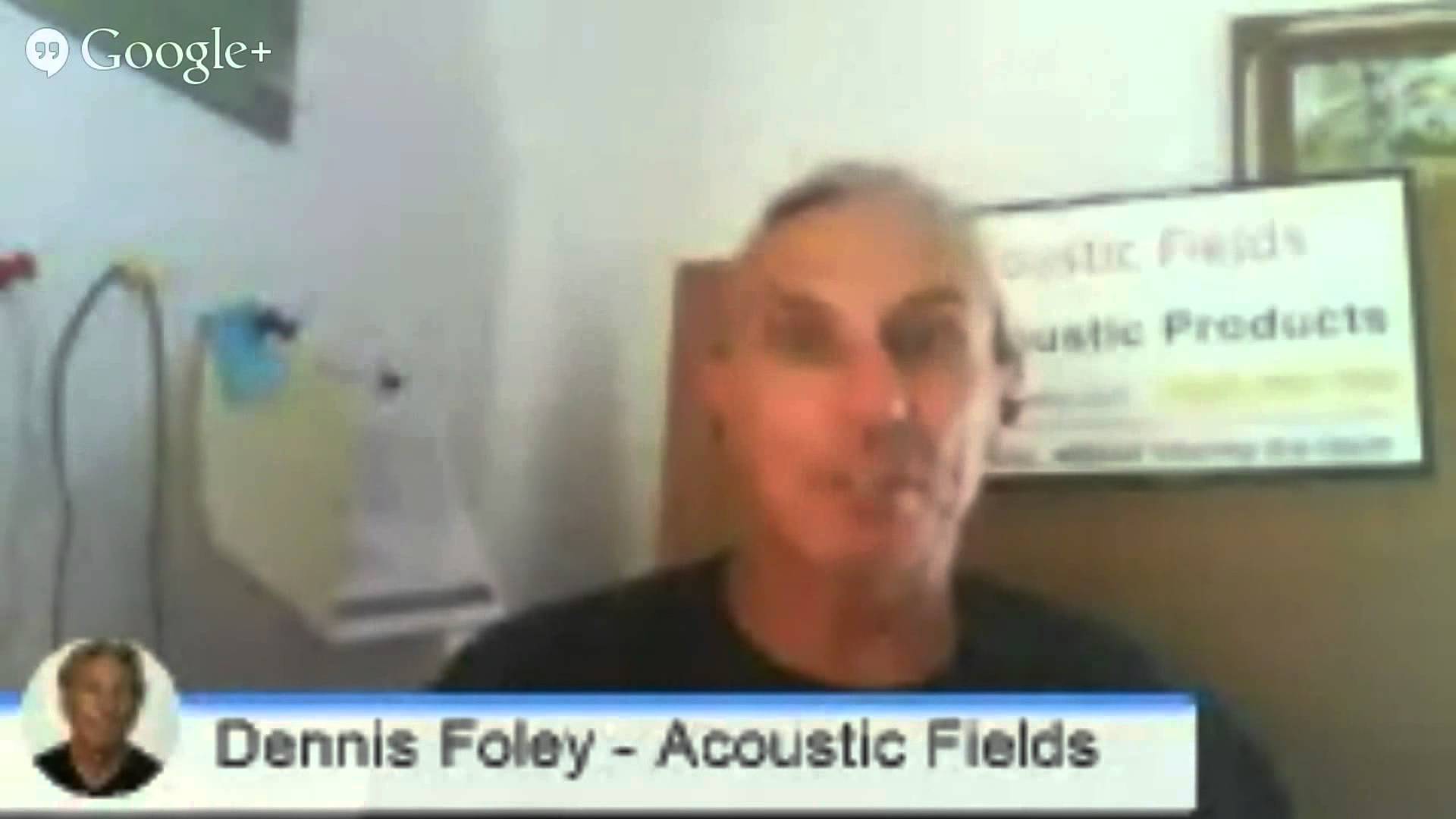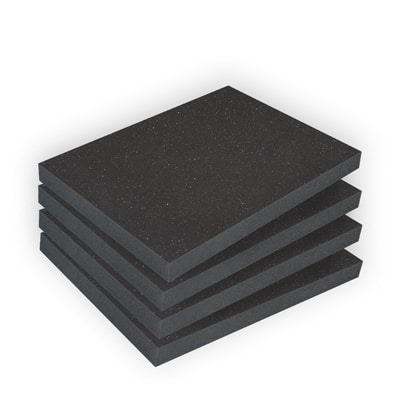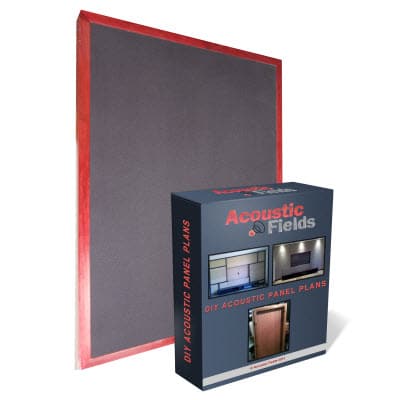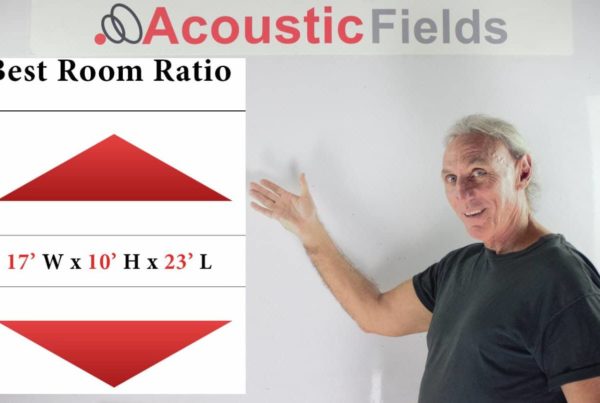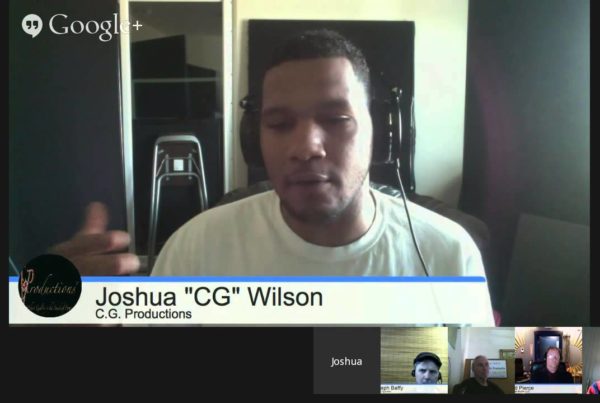Open-celled Acoustic foam, which is the foam that we use for sound absorption for middle and high frequencies not bass, needs airflow in order to work. Airflow through the foam creates friction, creates heat, creates an energy transformation and thus absorption.
How to hang acoustic foam correctly
If you hang your foam against the wall, then you only have one side of the foam that’s using air flow correctly because the side against the wall is not getting any air movement.
So the best results with foam is to position it so it’s away from the wall so that you get some air flow behind it. You get air flow on the front of the foam and you get air flow on the rear of the foam. Then you’re using both surfaces of the foam to absorb energy. Now what does that mean?
That means you can use less foam and absorb more energy.
Less foam costs less, takes up less space and you achieve the same results. So if you put your foam flat against the surface of the wall versus pulling your foam out, three inches is a good distance and hanging it so there is a three inch airspace between the back of the foam and the wall, then you’re going to need about thirty percent, forty percent maybe less foam in your room.
The Acoustic Fields Acoustic Foam features smooth absorption curves for smoother absorption and is available at www.acousticfields.com/product/acoustic-foam/
So you spend less money, you use less surface area in your room and you get the same amount of absorption as if you put it flat against the wall. So airflow is critical. We want to make the air move through the foam in the best way we can and having airflow on both sides of the foam maximizes the use of the foam; thus minimizing the coverage and obviously the expense.
That’s why we recommend acoustic panels
You have to have that air space between the foam and the wall. Now, that said, a lot of people don’t do that. They put it against the wall.
Okay, well that’s fine, you just get absorption on one side and maybe that’s okay with your particular room. Maybe that’s what you want to do but most people are concerned about saving money and not having their whole room covered with foam. And I understand that, I completely get that.
The above DIY acoustic panels plans are available here https://www.acousticfields.com/product/fc-foam-cabinet/
So we’re all about trying to do the most we can without spending a lot of money. So it’s all that economy of a surface space and expense to achieve the results that we need to do and most people want to spend less and get more.
In Summary
If you want to learn more about this subject please sign up for our free room acoustic treatment videos and ebook which provide step by step instructions on all major room acoustic issues. Get instant access by signing up now.
Thanks
Dennis


